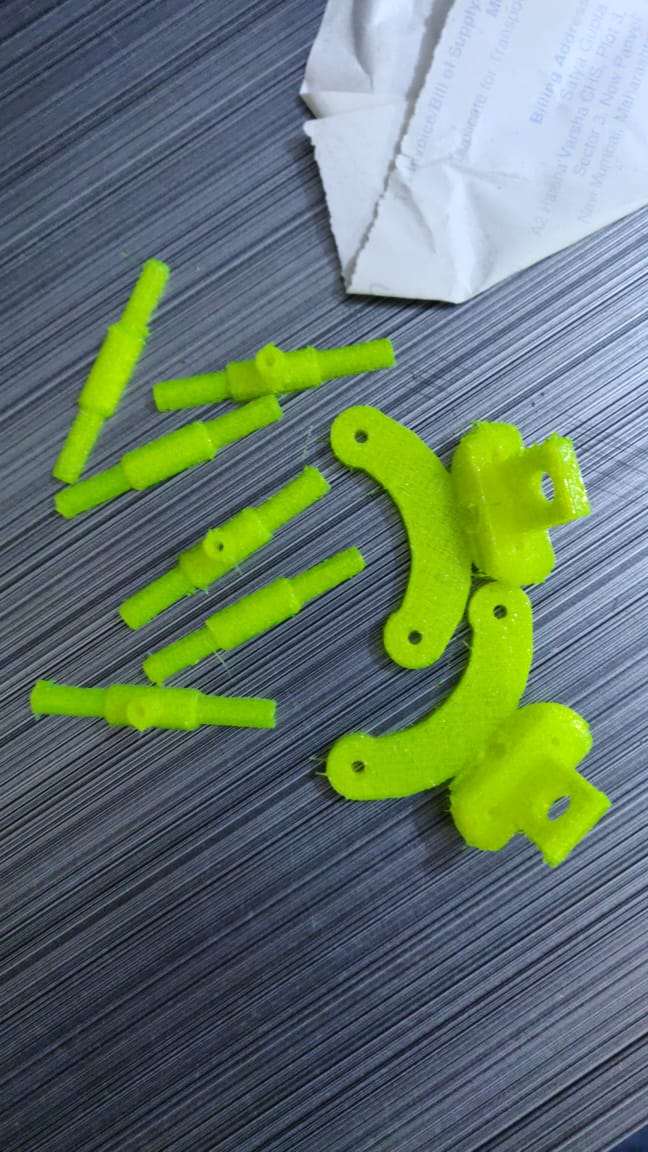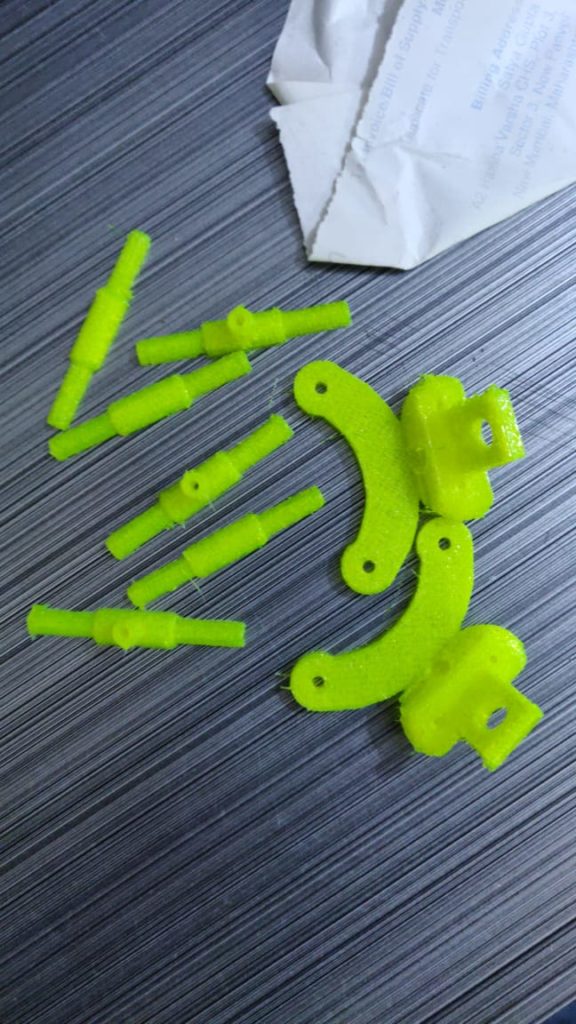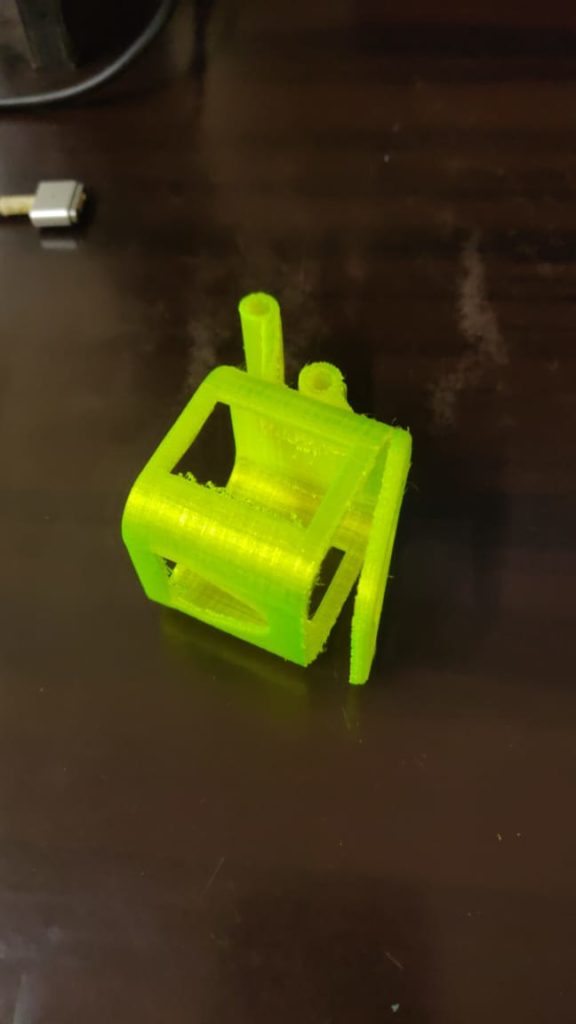The beauty of 3D printing is that you can make things almost out of thin air! You just have to imagine it and it has the potential to be materialized by 3D printing. I was first introduced to 3D printing through my hobby of FPV drones, which was the perfect pairing!
FPV drones started getting popular in around 2014, and back then, people were building drones completely from scratch using wooden frames or aluminum booms. Eventually manufacturers started designing carbon fiber frames.
Each FPV drone had a lot of components, so mounting the components required quite a bit of jerry rigging.
Initially, this was achieved using lots of zip ties and double-sided tape!
Eventually, this was solved by 3D printing, where users started designing their own parts for particular frames, and eventually, manufacturers would design supplementary parts for their frames.
What kind of parts can you make?
Most of the parts to start were little mods here and there, like GoPro mounts.
In fact, GoPro mounting was one of the biggest pain points for most drone owners. At the time, when drones were still new, the kind of footage you could capture from the air was completely breathtaking and everyone wanted to get footage to share with their friends and family.
While you could just ziptie a GoPro onto the drone, it was not really secure, so people started coming up with ingenious ways to mount GoPros and other cameras onto drone frames.
Initially, mounts were universal and could be adapted to any frame, but eventually, designs came about that were specifically suited to a particular kind of frame.
Another huge pain point was mounting the video antenna. Getting it secured to the frame was a hassle, and many hobbyists designed little mounts that held the antenna in place.
Once 3D printing and drones became more mainstream, more and more parts started coming about: accessories for radio controls, battery protectors, and the list goes on and on.
Which material is ideal for drone parts?
In the early days of FPV drones, most of the parts were printed in PLA or ABS. High speed drones crashing into the ground and PLA don’t mix very well, though!
PLA parts had the obvious disadvantage of breaking very easily, and you’d need to have a lot of spares around especially on the field when you went flying.
This was doubly inconvenient if you went to the library or asked a friend to print parts for you.
As TPU printing became easier and more mainstream, many parts were designed around printing them in TPU.
This resulted in life getting much, much easier as TPU was nearly indestructible and only the worst crashed could tear TPU parts.
The softer material also meant more padding for sensitive parts, and people also began breaking less GoPros thanks to the added padding from TPU parts!
People still designed entire frames to be printed in ABS, and many of these larger frames involved an ABS body and carbon fiber or aluminum arms.
How to get started with 3D printing for your drone
FPV is already quite an expensive hobby, and FPV pilots get a knack for modding, so most FPV pilots end up starting out with a 3D printer kit instead of buying a high end 3D printer up front.
Of course, most 3D printer kits are not suited for printing TPU out of the box, so we usually end up buying a kit, having fun assembling the kit, modding the printer, and finally getting it ready to print TPU!
3D printer kits are very widely available, and you can easily pick up a good 3D printer for less than $300 to get started.
You may be able to get it to print TPU out of the box, but most kits will require a little bit of tweaking, especially at the extruder.
Most sub-$300 3D printers now use Bowden extruders, so the point between the stepper motor and the start of the Bowden tube is where TPU tends to weasel out!
Popular printers like the Ender 3 and Creality CR-10 have extruder mods which limit the space between the bearing and the tube, preventing the TPU from getting too unruly.
After that, it’s just a matter of getting your slicer settings right for your printer and preferred filament. As a general rule, slowing down the print speed and minimizing retraction results in a successful TPU print.
Conclusion
Myself included, I’ve seen many other enthusiasts segue into 3D printing as their main hobby away from FPV drones in the end.
One of the main reasons for this was the fact that you can enjoy a 3D printer at home, whereas flying FPV drones usually meant having to venture rather far away from home to find a safe place to fly!








